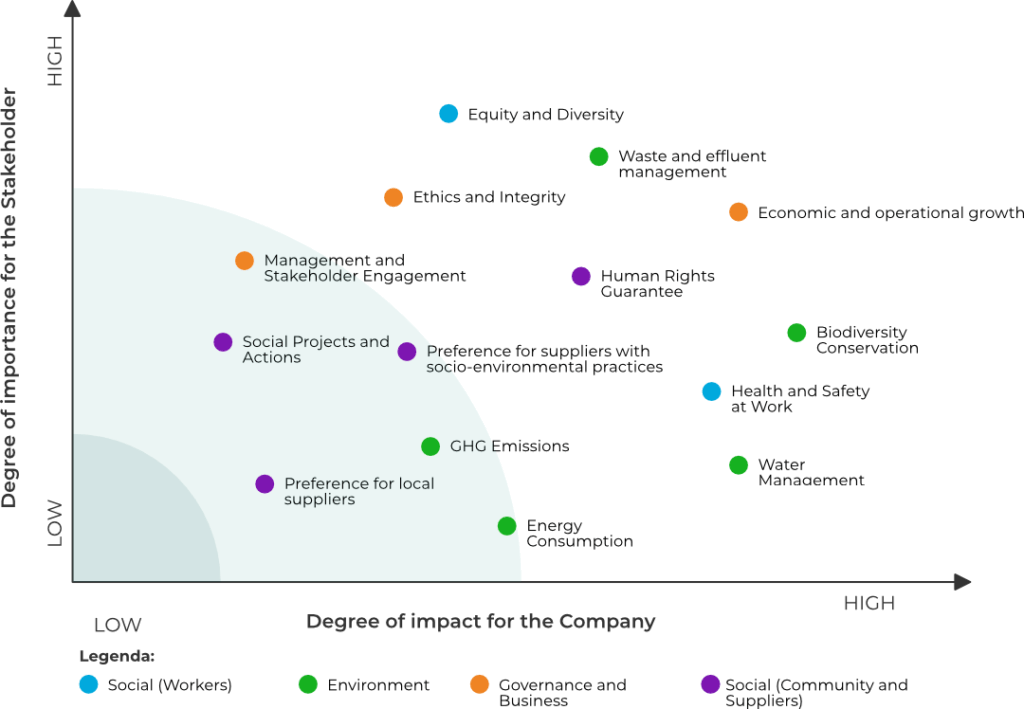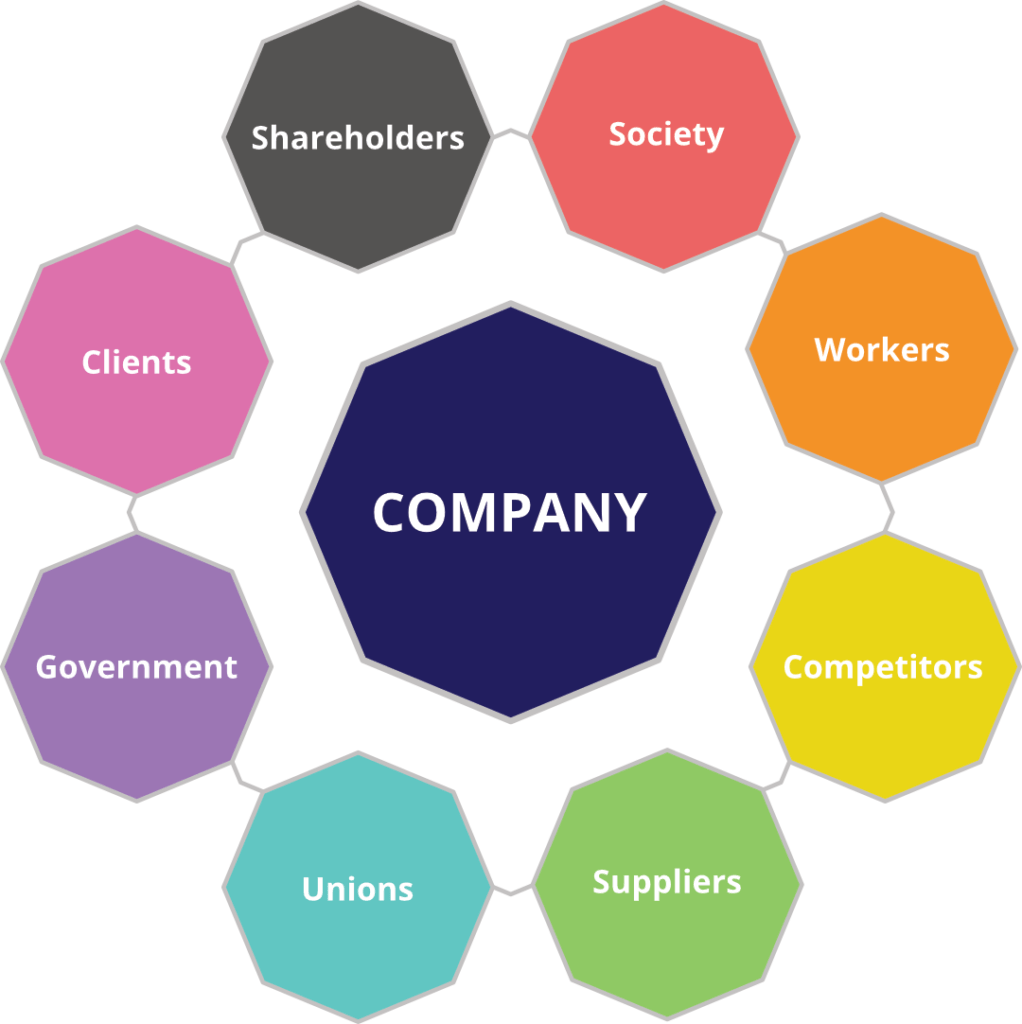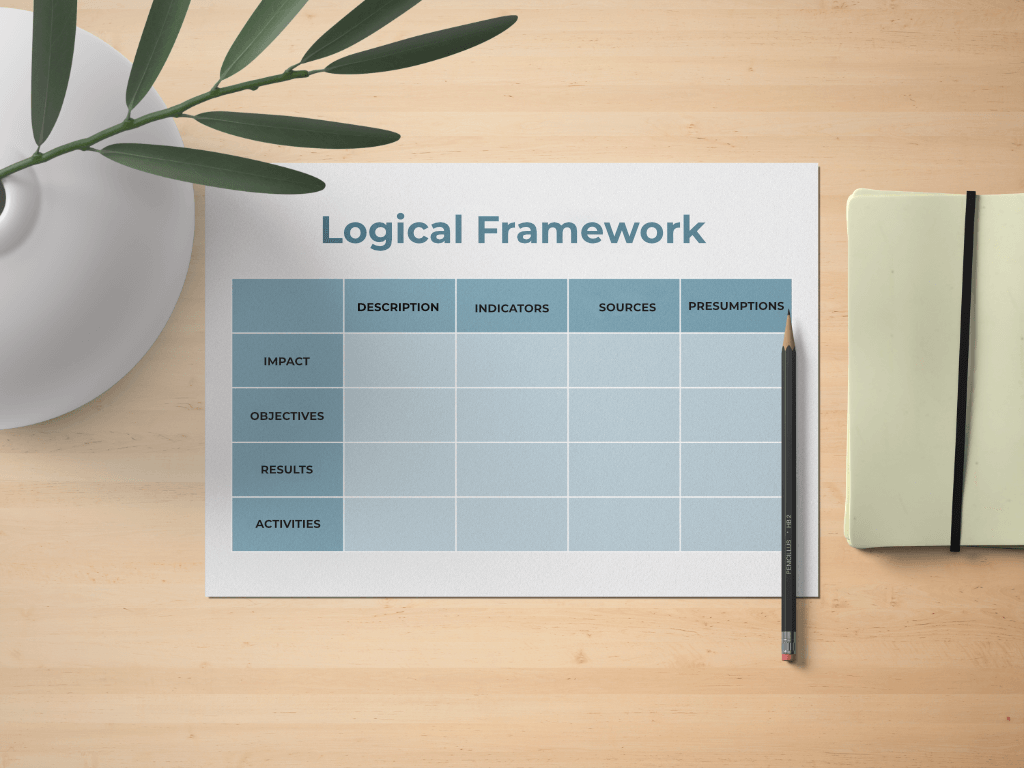The term materiality was first officially used in 1867 when the English Court introduced the term “material”, to refer to a “relevant, non-negligible fact”, in the trial of the false accounting case concerning the Central Railways of Venezuela.
In the sustainability context, the term appeared in 2006 in the Global Reporting Initiative (GRI) G3 guidelines. It soon became widely used as a tool for stakeholder engagement and topic mapping.
As a concept borrowed from accounting and auditing, materiality has become an important bridge to integrate non-economic aspects into traditional business decision making.
What is materiality?
The concept of materiality can vary greatly depending on the context in which it is embedded. The definitions below represent the view of materiality according to standard-setting and regulatory bodies.
“An information is considered material when it is capable of contributing to the proper evaluation of a subject.”
Corporate Reporting Dialogue (CRD)
The CRD definition is relevant because it represents a common definition from eight of the major corporate reporting standard-setting bodies, including GRI, IIRC, SASB, CDSB, FASB, CDP, IFRS and ISO. This definition was created to achieve “greater coherence, consistency and comparability across corporate reporting frameworks, standards and related requirements.”
“Information is material if its omission, distortion, or obscuration could influence the decisions that key users make based on those financial statements, which provide financial information about a specific entity.”
International Financial Reporting Standards (IFRS)
In this way, we can understand that materiality is the relevant information capable of influencing the decision making of an organization’s stakeholders. It should not be considered exclusively as a reporting activity, but should be seen as the basis for a complete strategic risk management process.
In the ESG context, materiality assessment is a process in which a company identifies the environmental, social and governance issues that are most important in its operating context, according to internal and external stakeholders.
In addition to being an active listening process, materiality analysis provides insight into future trends, risks, and business opportunities that influence its ability to create value. It helps companies identify topics their stakeholders expect them to focus on.
Materiality Matrix
The materiality matrix is nothing more than a graphic representation and mapping of the material issues of a company. It can be built in different ways, here at We.Flow one of the graphic representations we use is the following:

The X axis of the chart represents the degree of impact of an issue for the company, while the Y axis represents the degree of importance of that issue for external stakeholders.
The quantitative data that give rise to the matrix can be collected in the format of individual interviews, online questionnaires, or collective workshops with the various stakeholders gathered at the same time.
Building the materiality matrix
- Survey of the company’s stakeholder groups*.
- Selection of the sample to be contacted, considering the relevance, influence and knowledge about the company.
- Engagement with stakeholders through individual interviews, questionnaires or workshops.
- Tabulation of the quantitative data collected
- Analysis of the material themes identified.
- Prioritization of the material themes (here we build the Materiality Matrix).
- Validation of the matrix with the company’s leadership.
- Integration of the material issues into the company’s strategy.

What is the relationship of materiality and ESG?
Materiality is one of the key parts of organizational sustainability and is therefore directly related to the development of an ESG integrated into the company’s strategy.
By considering the different perspectives of stakeholders and clearly identifying material issues, companies ensure greater alignment with their stakeholders. Moreover, they can focus their communication and reporting on criteria that help readers understand what can positively or negatively influence the company’s ability to deliver on its strategy.
Why materiality matters?
- Focus on the most relevant sustainability issues for companies and stakeholders.
- Carry out an active listening process with stakeholders.
- Strengthen stakeholder relationships through improved company impact.
- Identify business opportunities.
- Enable strategic decision making.
- Risk system for companies with respect to economic, environmental and social actions.
Stakeholder engagement
The materiality matrix is a central issue in stakeholder management, as management requires organizations to identify, engage and understand stakeholder perspectives on key issues, and then reflect on how these should be addressed in the decision-making process. When done well, it strengthens an organization and ensures its long-term success. When done poorly, it can increase an organization’s financial and non-financial risk profile and lead to great damage to its reputation.
Maintaining a clear and consistent dialogue with stakeholders allows organizations to better understand the environment in which they operate. Benefits include:
- Knowledge sharing.
- Effective decision making.
- Increased mutual trust.
- Better risk management and accountability.
- It can also lead to cost reduction and value creation.
Need help mapping your company’s materiality?






